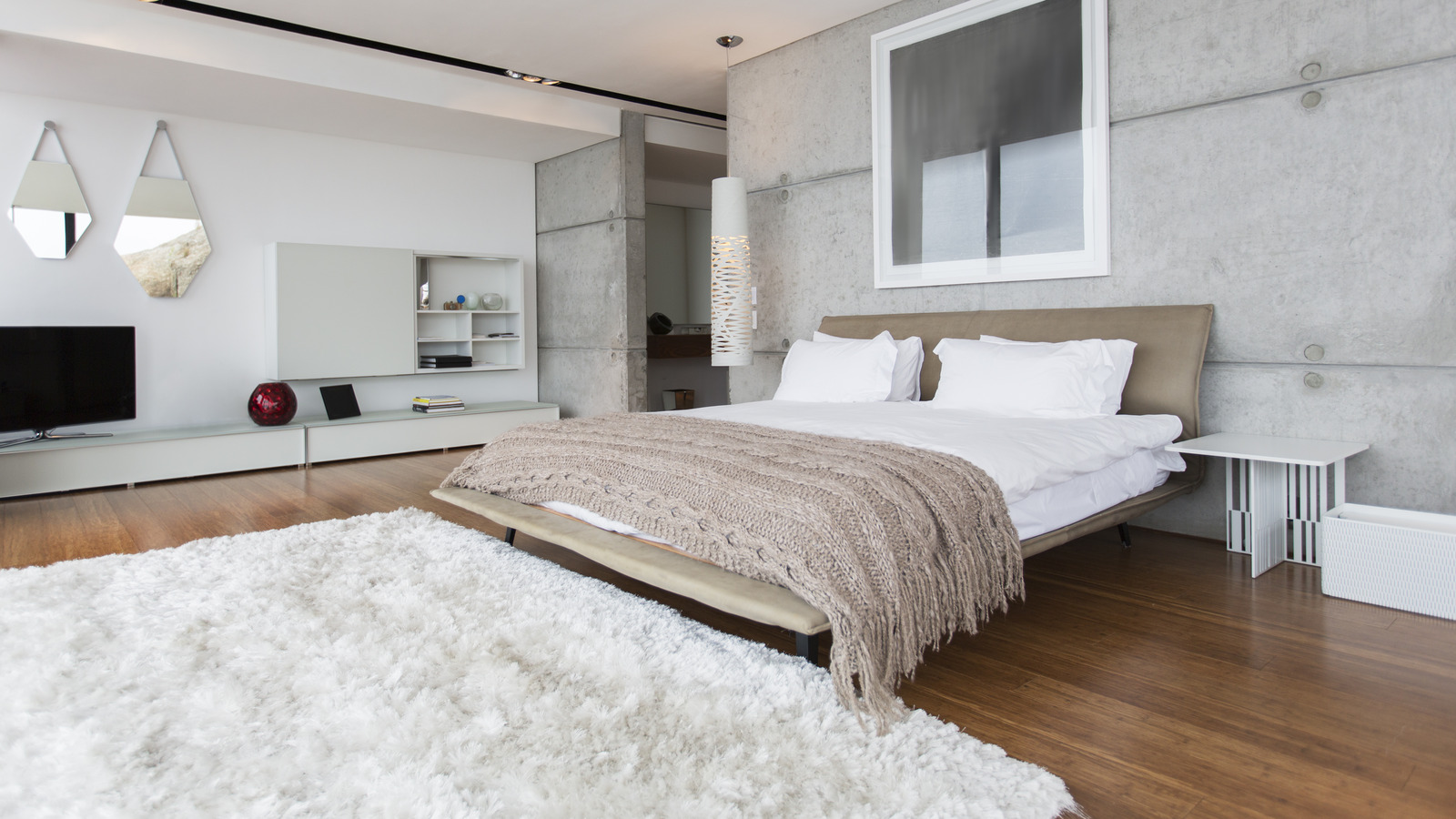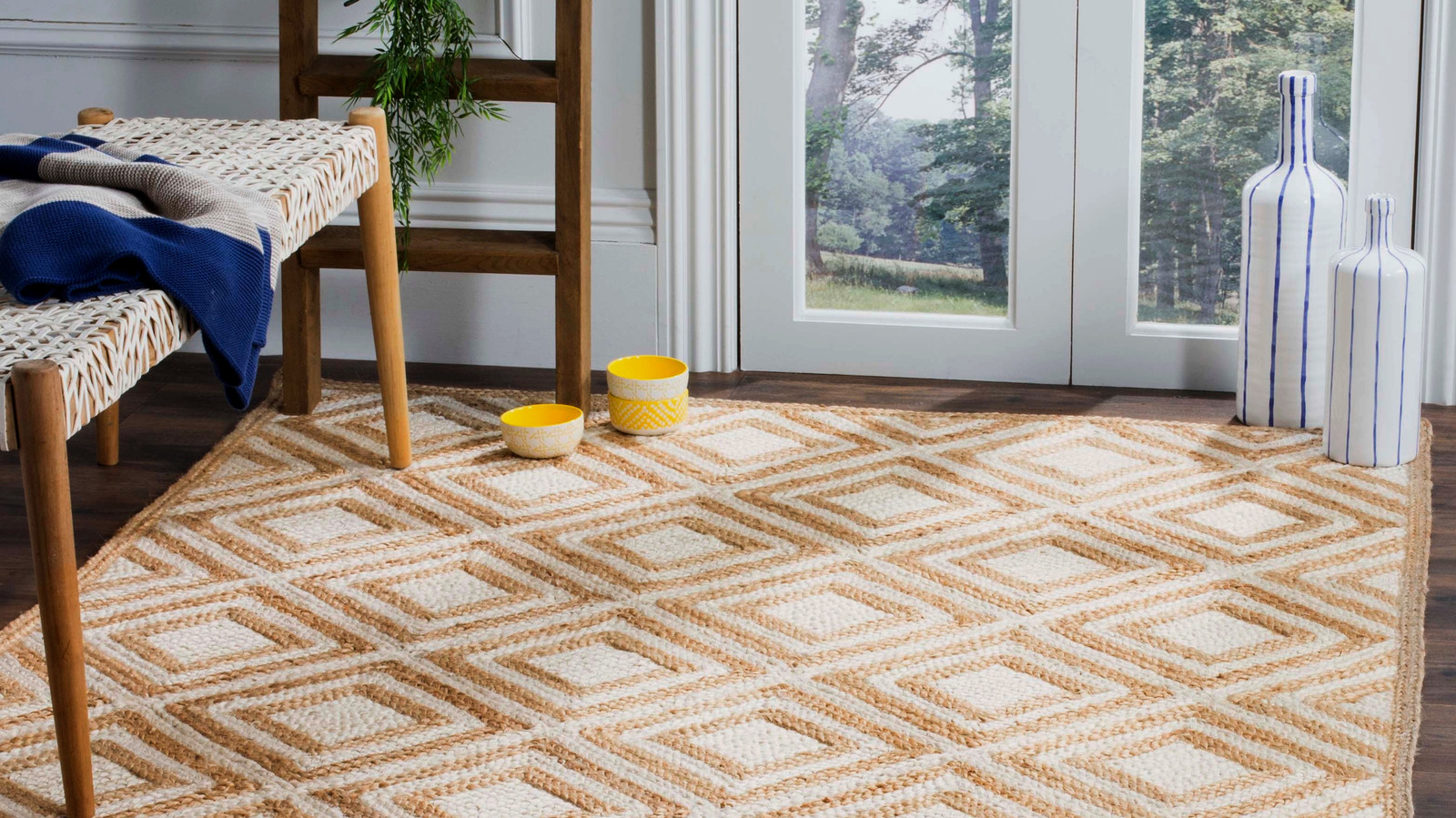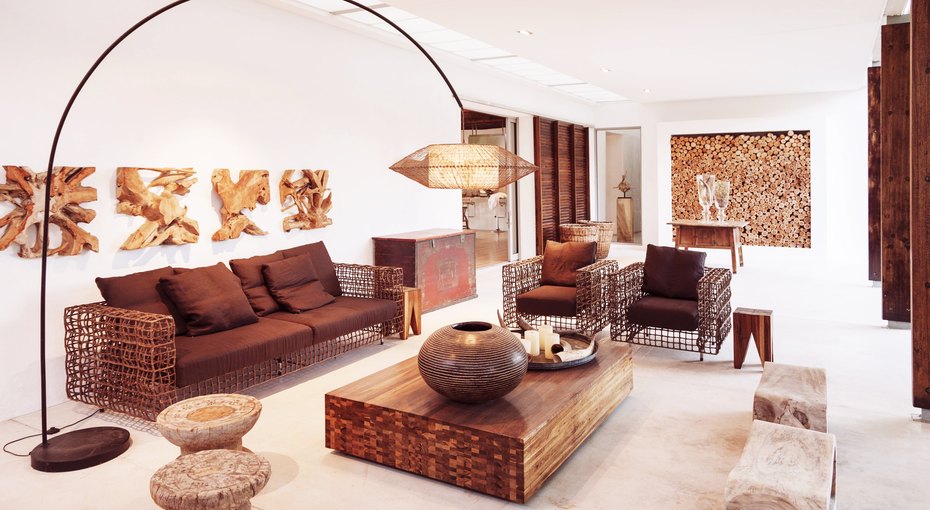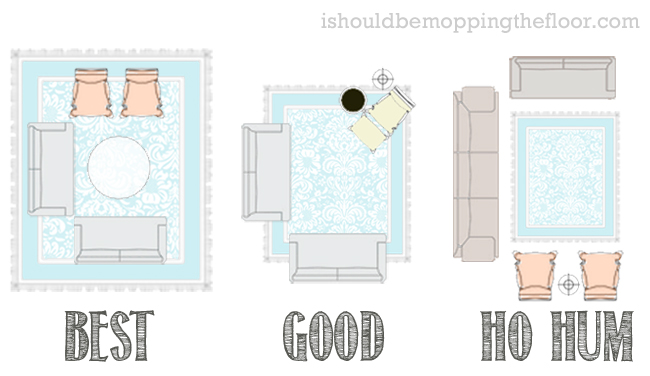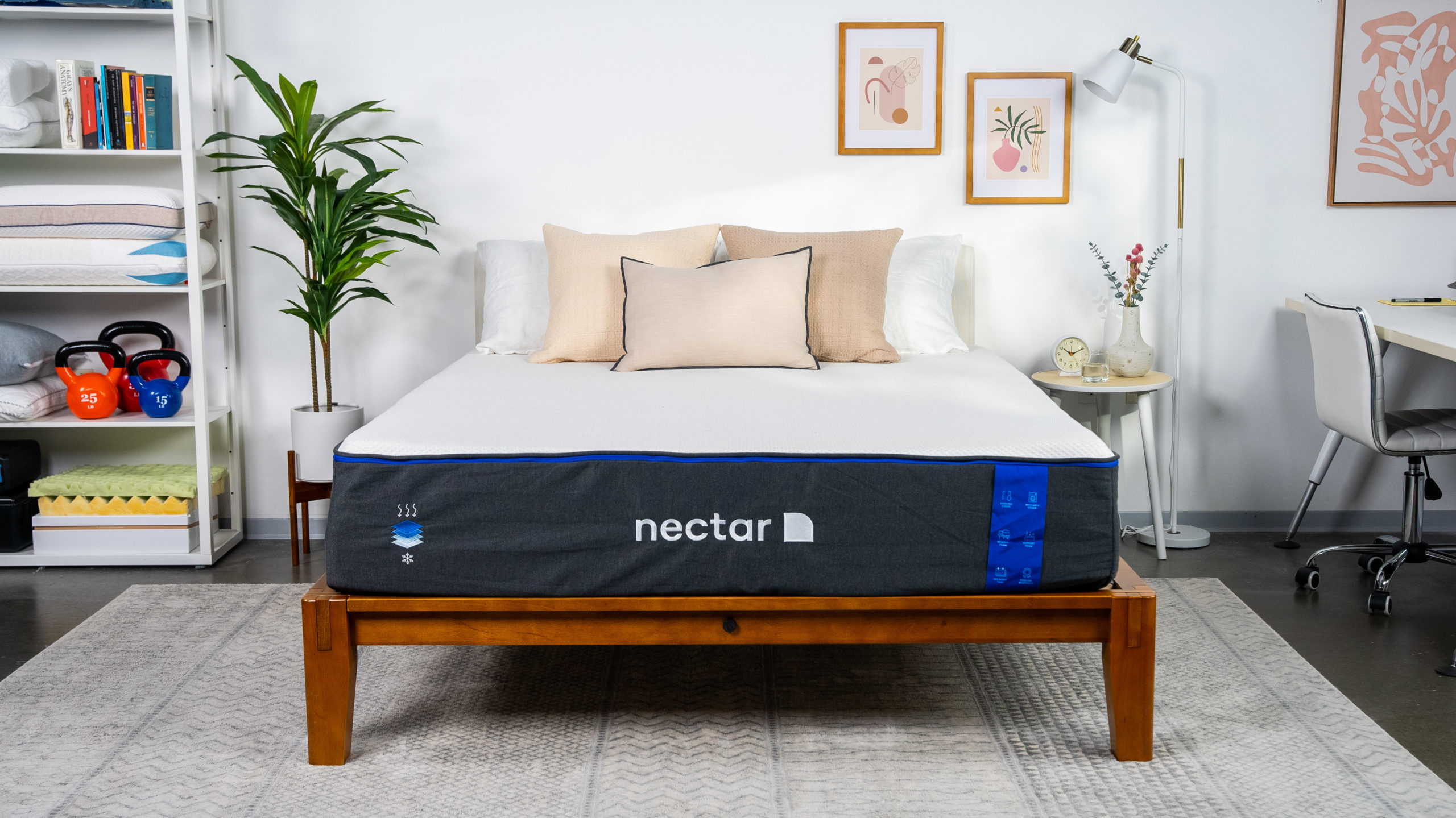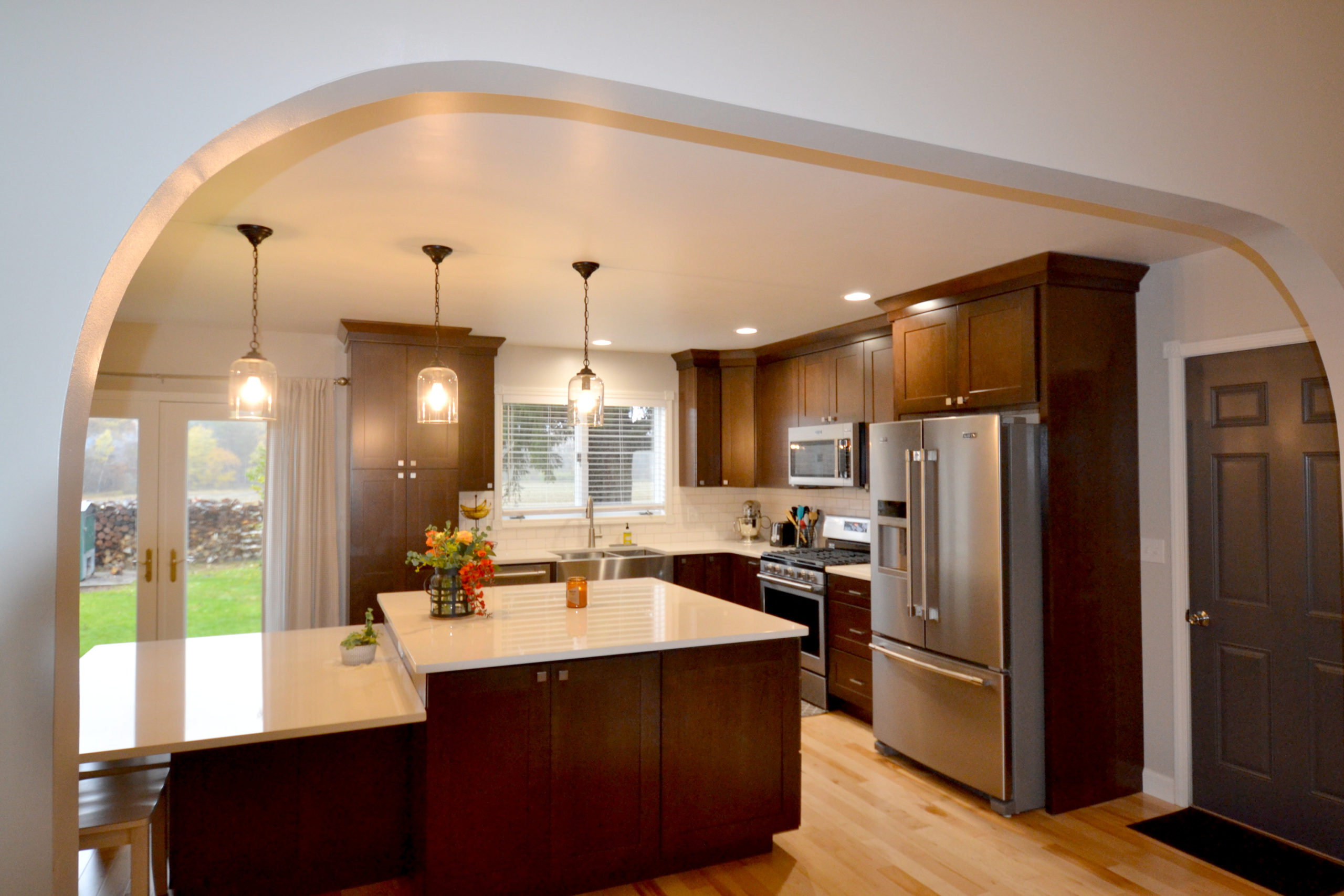When it comes to decorating your living room, one of the most important elements to consider is rug placement. A well-placed rug can tie the entire room together, adding warmth, texture, and style. But with so many options and techniques, it can be overwhelming to figure out the best way to incorporate a rug into your living room design. Here are some tips and ideas to help you achieve the perfect rug placement for your space. Rug Placement in Living Room: Tips and Ideas for Your Home
The first step in rug placement is determining the right size for your living room. A common mistake is choosing a rug that is too small for the space, which can make the room feel disjointed and cluttered. As a general rule, your rug should be large enough for all of your furniture to sit on top of it, or at least have the front legs of your furniture on the rug. This creates a cohesive and visually appealing look. How to Choose the Right Rug Size for Your Living Room
There are a few key dos and don'ts to keep in mind when it comes to rug placement in your living room. Do consider the shape of your room and furniture when selecting a rug. For example, a rectangular rug works well in a rectangular room, while a round rug can soften the edges of a square room. Don't be afraid to layer rugs for added dimension and interest, but make sure they complement each other in terms of pattern and color. The Dos and Don'ts of Rug Placement in Your Living Room
1. Measure your living room and furniture before rug shopping to ensure you choose the right size.
2. Leave at least 12-18 inches of space between the edge of the rug and the walls.
3. Consider the traffic flow in the room when deciding on rug placement.
4. Use a rug pad to prevent slipping and extend the life of your rug.
5. Don't be afraid to mix and match rug sizes and shapes for a unique look.
6. Choose a rug with colors and patterns that complement your existing decor.
7. When layering rugs, make sure the bottom rug is larger than the top one.
8. Place a rug under your coffee table to anchor the seating area.
9. Use a low-pile rug in high-traffic areas to make cleaning and maintenance easier.
10. Have fun and experiment with different rug placement options to find the perfect fit for your living room. 10 Tips for Perfect Rug Placement in Your Living Room
If you want to dive deeper into the world of rug placement, consider this your ultimate guide. Start by deciding on the purpose of your rug, whether it's to add color and texture, define a seating area, or protect your floors. Next, consider the style of your living room and choose a rug that complements it. Finally, play around with different placement options until you find the perfect one for your space. The Ultimate Guide to Rug Placement in Your Living Room
There are endless possibilities when it comes to rug placement in your living room. One creative idea is to place a large, round rug in the center of the room and have your furniture arranged around it in a circular formation. This creates a cozy and intimate seating area. Another idea is to place a narrow runner rug in front of a fireplace or console table to add texture and visual interest. Creative Ideas for Rug Placement in Your Living Room
When it comes to furniture placement, there are a few guidelines to follow for a well-balanced and visually appealing living room. If you have a large rug, arrange your furniture with all legs on the rug. If you have a smaller rug, place the front legs of your furniture on the rug, leaving the back legs off. For a smaller room, consider placing the rug under the front legs of your furniture to create the illusion of more space. How to Arrange Furniture Around a Rug in Your Living Room
Rug placement may seem like a small detail, but it can have a big impact on the overall design of your living room. A well-placed rug can tie all of your furniture and decor together, creating a cohesive and inviting space. It can also add warmth and texture, making your living room feel cozy and comfortable. Don't underestimate the power of a well-chosen and well-placed rug in your living room design. The Importance of Rug Placement in Your Living Room Design
1. Choosing a rug that is too small for the space.
2. Placing the rug too close to the walls.
3. Not considering the traffic flow in the room.
4. Using a high-pile rug in a high-traffic area.
5. Not using a rug pad to prevent slipping and extend the life of your rug. 5 Common Mistakes to Avoid When Placing a Rug in Your Living Room
Rug placement is all about finding the perfect balance between style and functionality. A well-placed rug should not only enhance the look of your living room but also serve a practical purpose. Consider the size, shape, and material of your rug, as well as your lifestyle and needs. With the right rug placement, you can create a cozy and functional living room that you and your guests will love. Rug Placement 101: How to Create a Cozy and Functional Living Room
The Importance of Rug Placement in Creating a Cozy Living Room
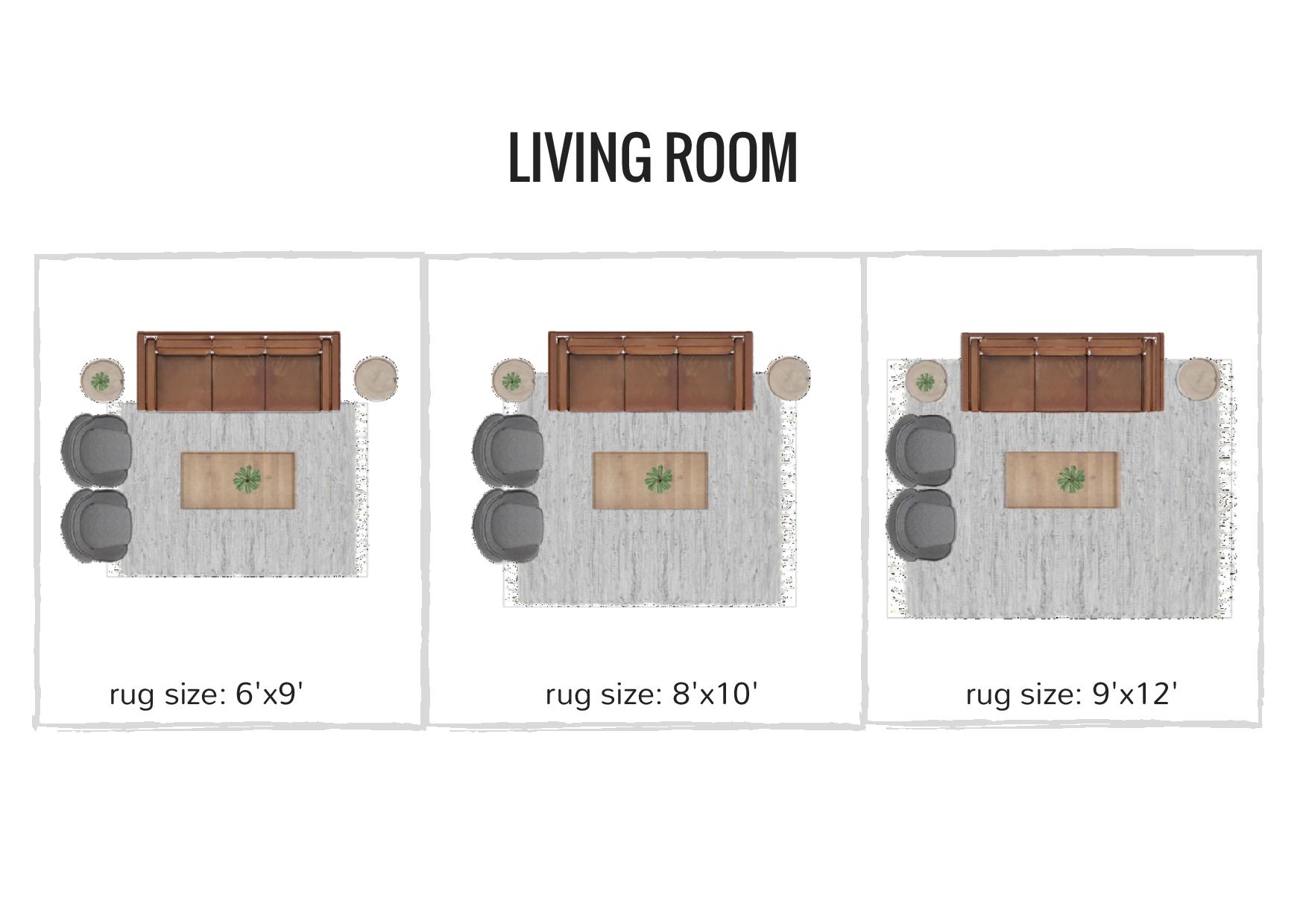
Creating a warm and inviting living room is essential for any home design. It's the space where we gather with family and friends, relax after a long day, and create lasting memories. One key element in achieving a cozy living room is the placement of rugs . Not only do they add texture and color to the space, but they also provide a sense of comfort and warmth. In this article, we'll discuss the ideal rug placement in the living room and how it can transform the overall design of your home.

When it comes to rug placement , the size and shape of the rug are crucial in achieving the desired look for your living room. A common mistake many homeowners make is choosing a rug that is too small for the space. This not only makes the room look disproportionate but also creates an unwelcoming and cramped atmosphere. On the other hand, a rug that is too large can overwhelm the room and make it feel cluttered.
So, what's the ideal size for a living room rug? A general rule of thumb is that the rug should be large enough to fit under all the furniture in the seating area, including the sofa, chairs, and coffee table. This helps to anchor the space and create a cohesive look. If you have a smaller living room, you can opt for a smaller rug, but make sure at least the front legs of the furniture are on the rug to tie the room together.
The shape of the rug is also important in creating a visually appealing living room. For rectangular living rooms, a rectangular or oval-shaped rug works best. This follows the natural flow of the room and provides a sense of symmetry. For square or circular living rooms, a square or round rug can help define the seating area and add interest to the space.
Now that we've covered the size and shape, let's talk about placement. The placement of rugs can vary depending on the layout of your living room and the furniture arrangement. In a traditional living room, the rug should be centered under the coffee table and extend at least 6 inches beyond the edges of the sofa and chairs. This creates a cohesive and balanced look.
In a more modern living room, the rug can be placed at an angle for a more dynamic and unique look. This works particularly well in open-concept spaces where the living room flows into the dining or kitchen area. Placing the rug at an angle helps to define the living room area and add visual interest.
Lastly, don't be afraid to layer rugs for added texture and dimension. This can be especially useful in large living rooms where a single rug may not be enough to fill the space. Layering a smaller rug on top of a larger one can create a cozy and inviting atmosphere while also adding a pop of color or pattern.
In conclusion, rug placement is crucial in creating a warm and inviting living room. By choosing the right size, shape, and placement, you can transform the look and feel of your living room and make it a space where you and your loved ones can relax and unwind. So, take your time and carefully consider these factors when selecting a rug for your living room. Trust us, it will be worth it in the end.



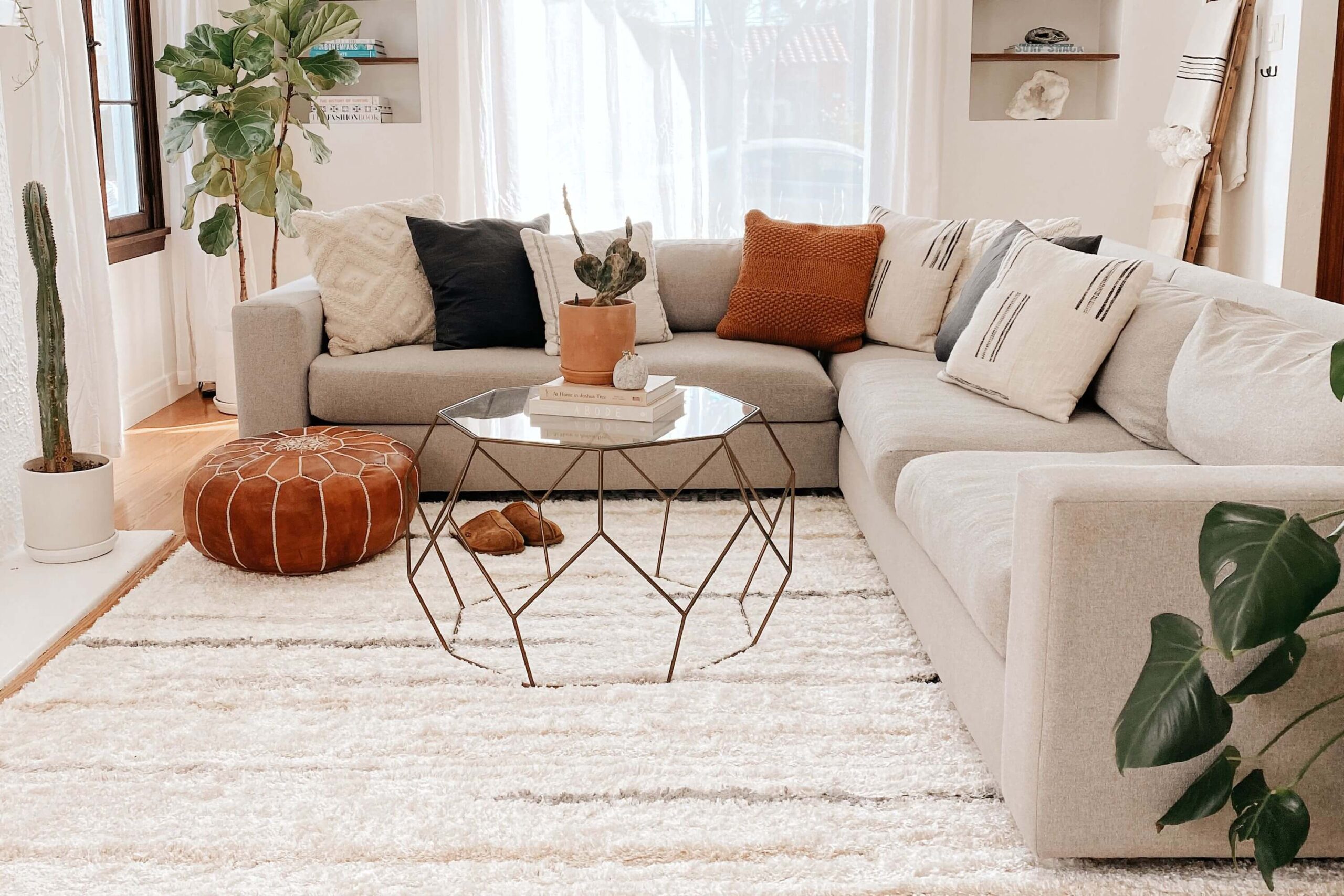

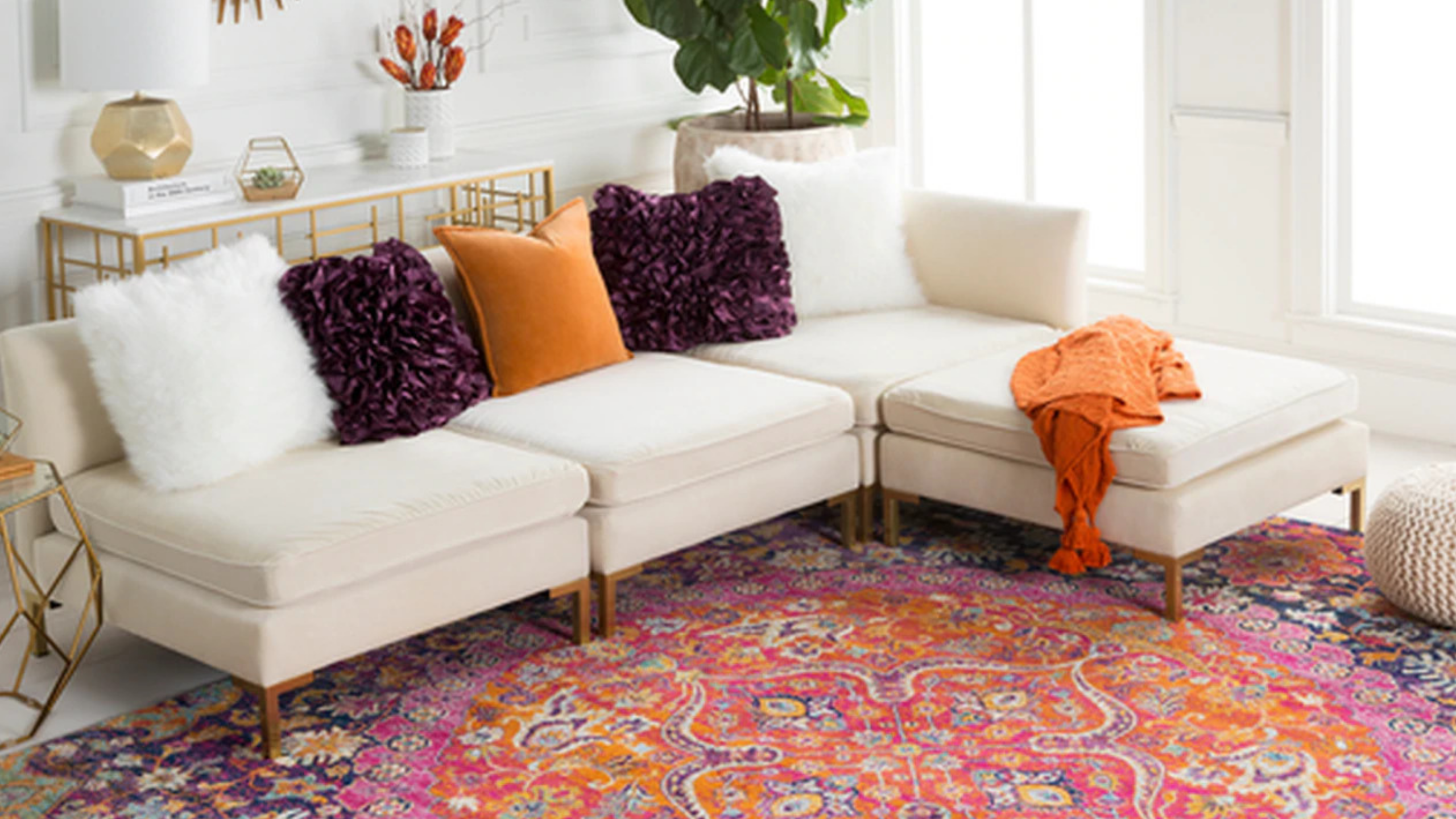
/GettyImages-560121127-6f2a4b00b4754dd6a999c24fed1f0c55.jpg)








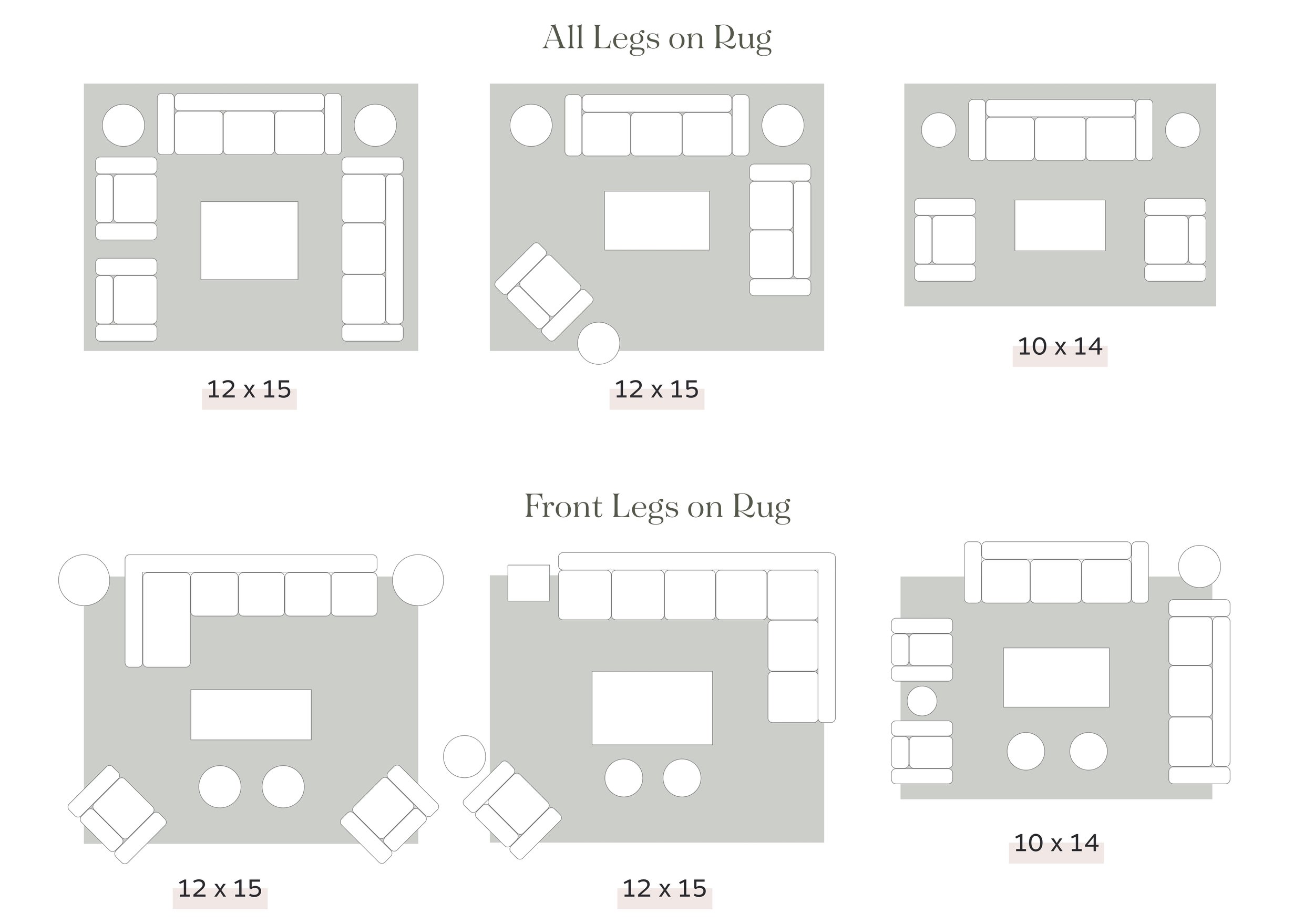


/AmyCooper-MarcellaAlanAfter1-5bef478326874b728b526bac19649802.jpg)



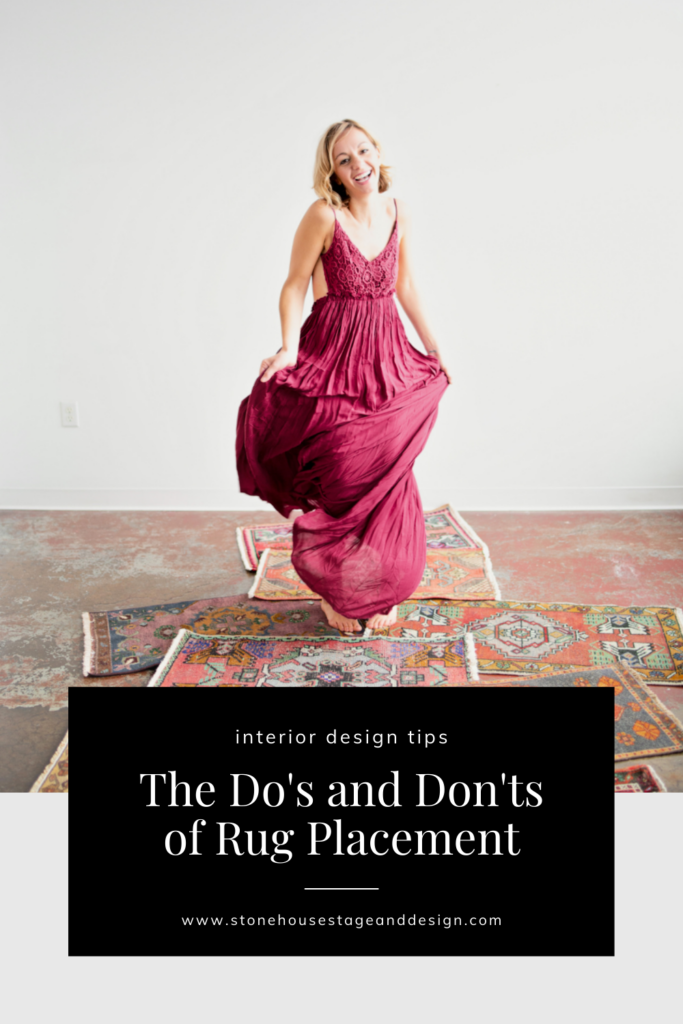

/Retouched-Laura-Genevieve-horizontal-af3b84469eb848d99572faeda9950803.jpg)
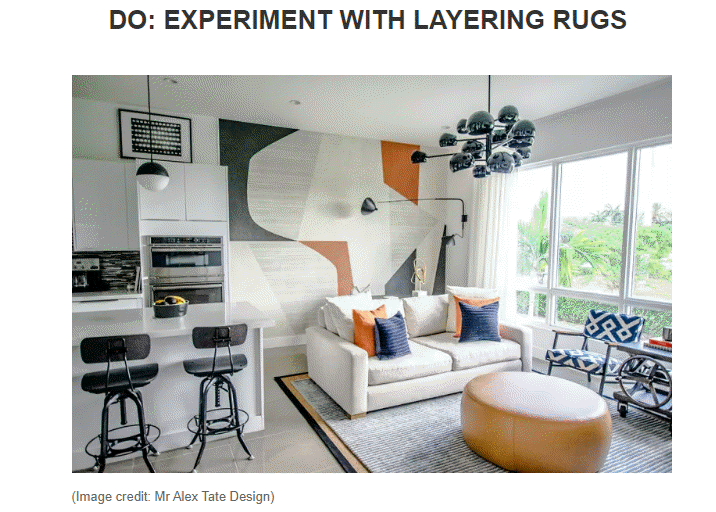



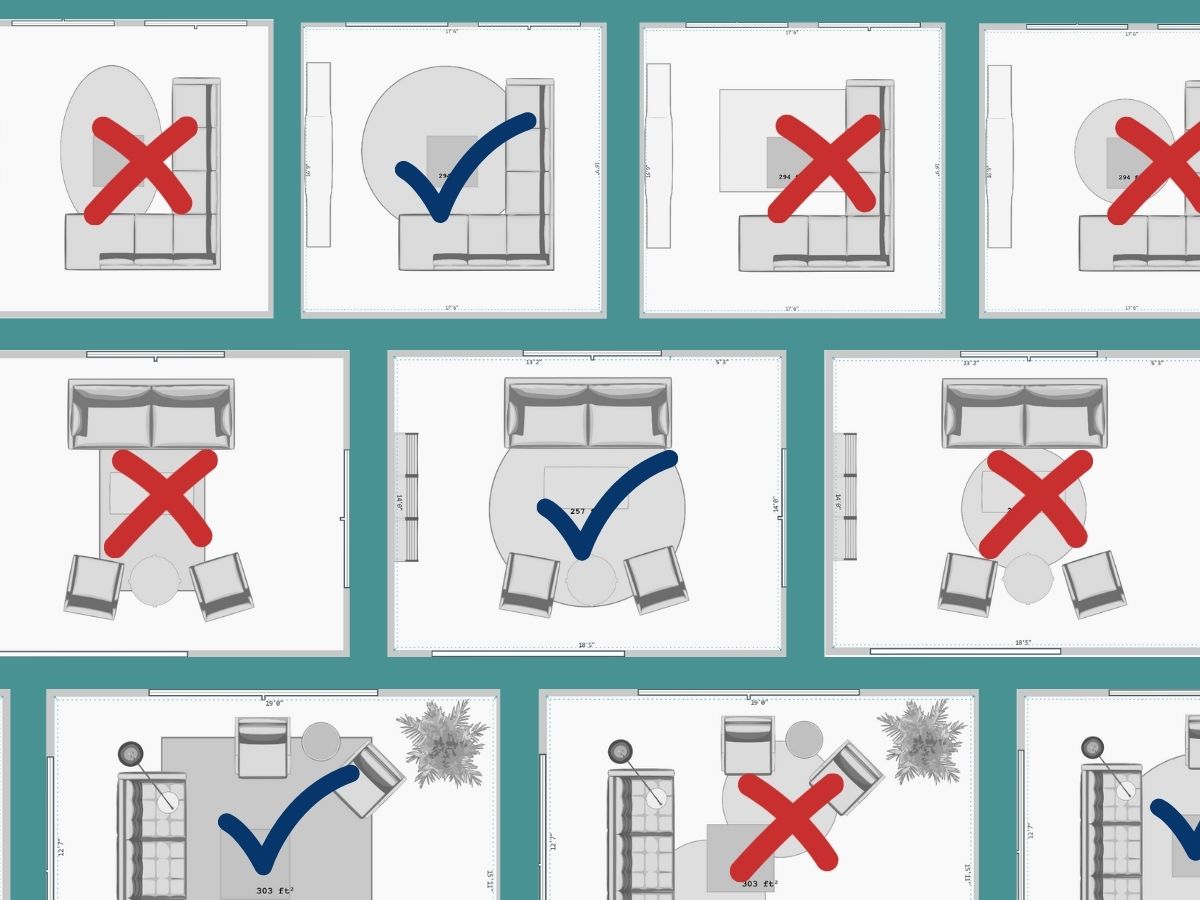
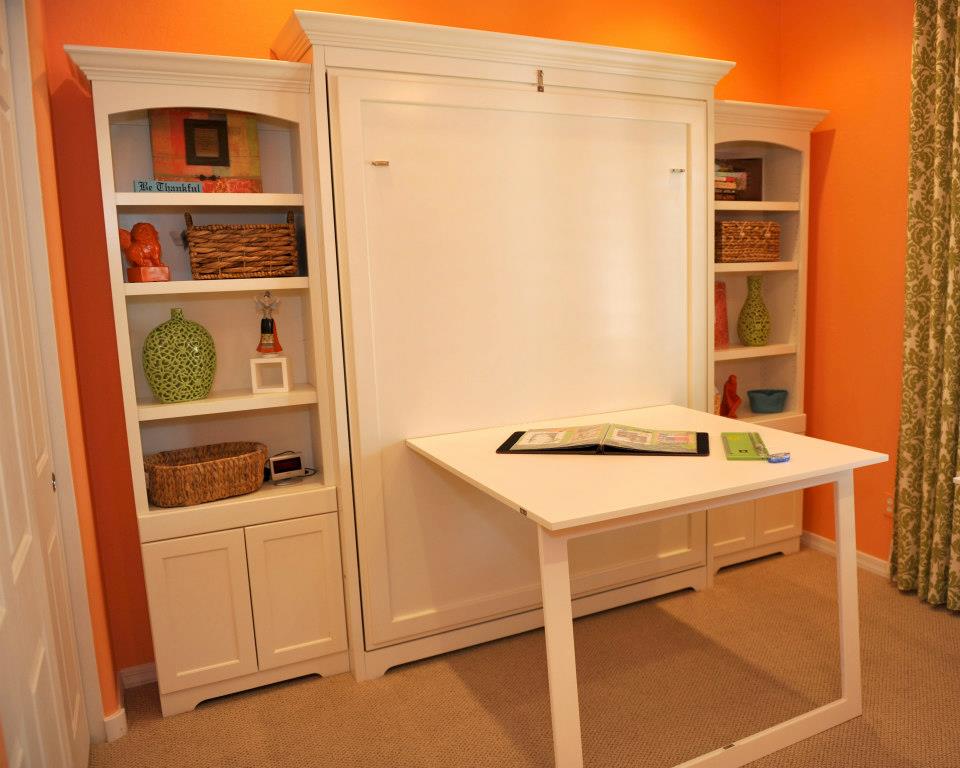


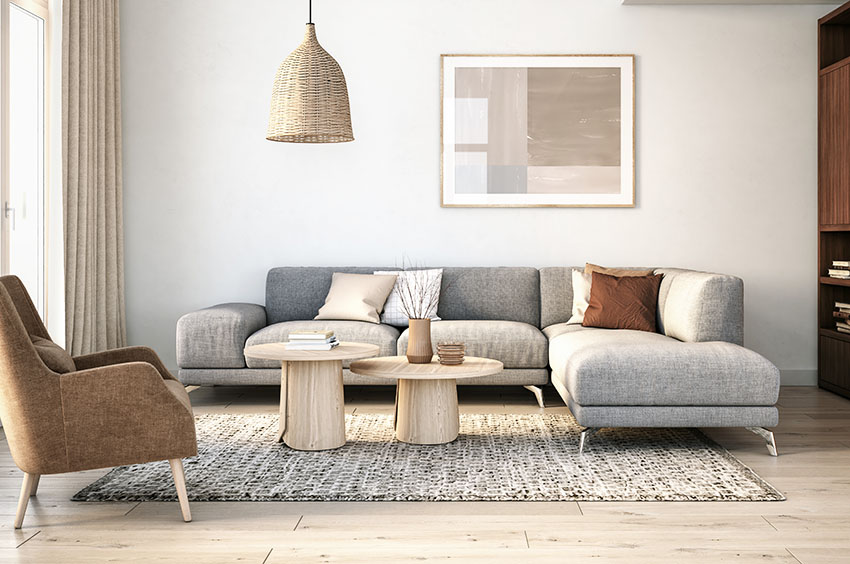


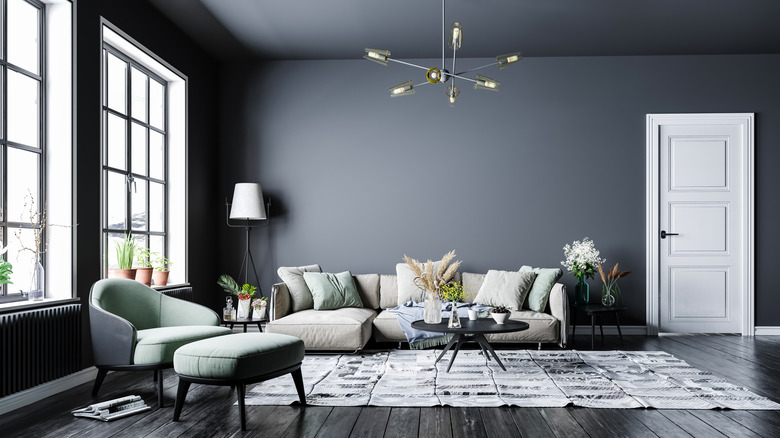







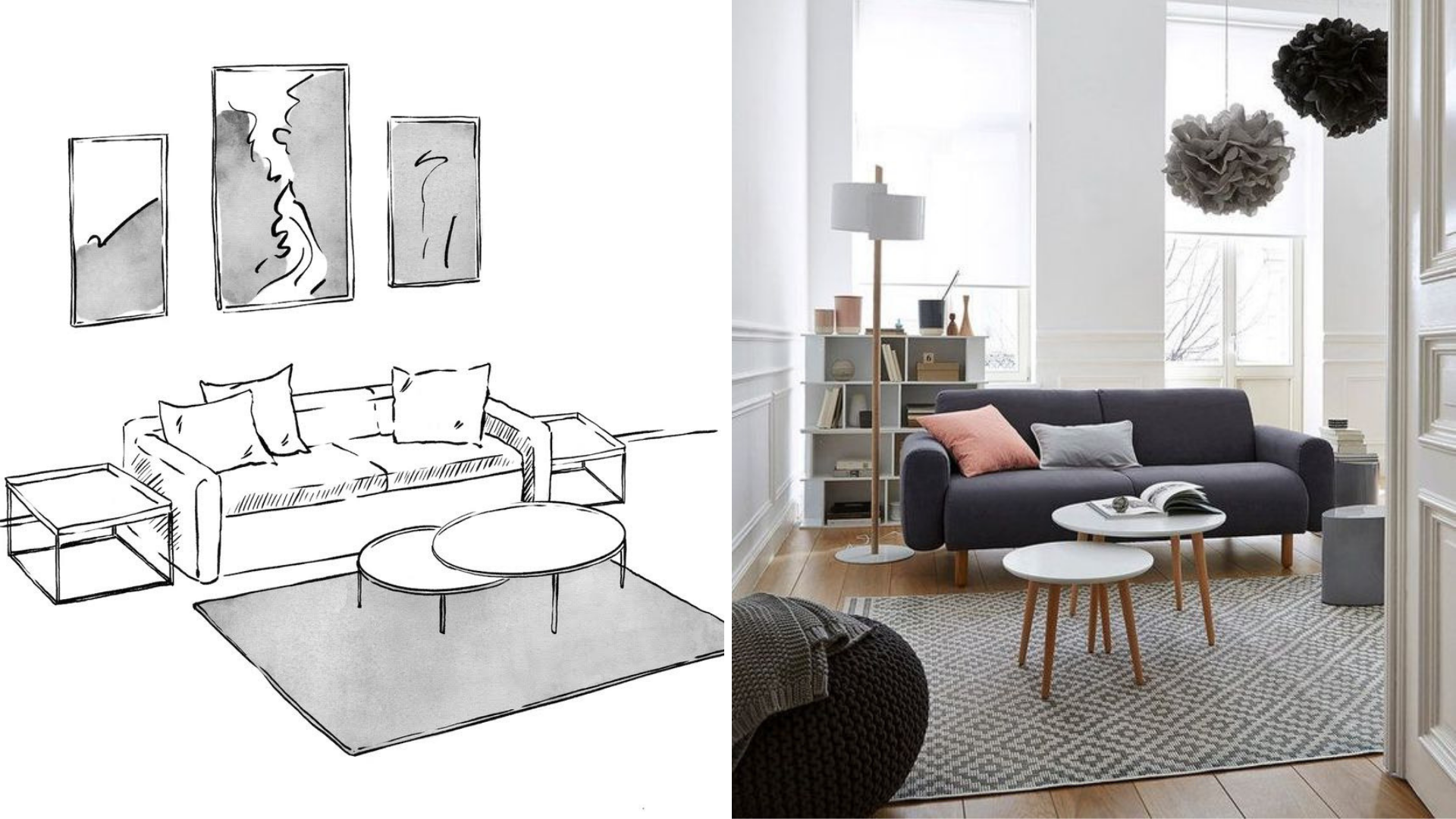

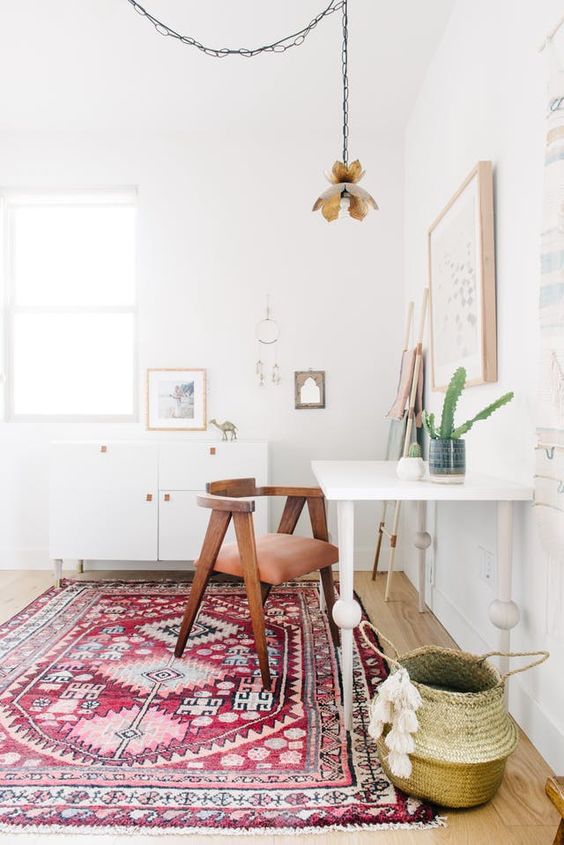



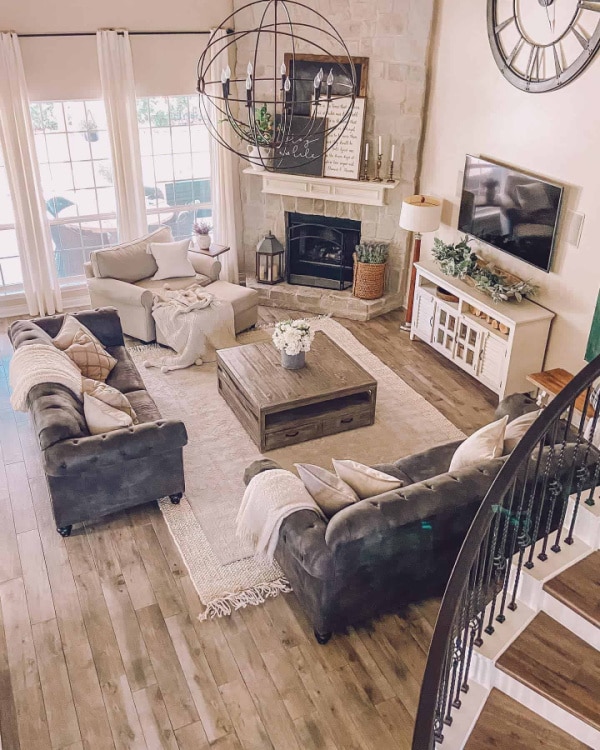
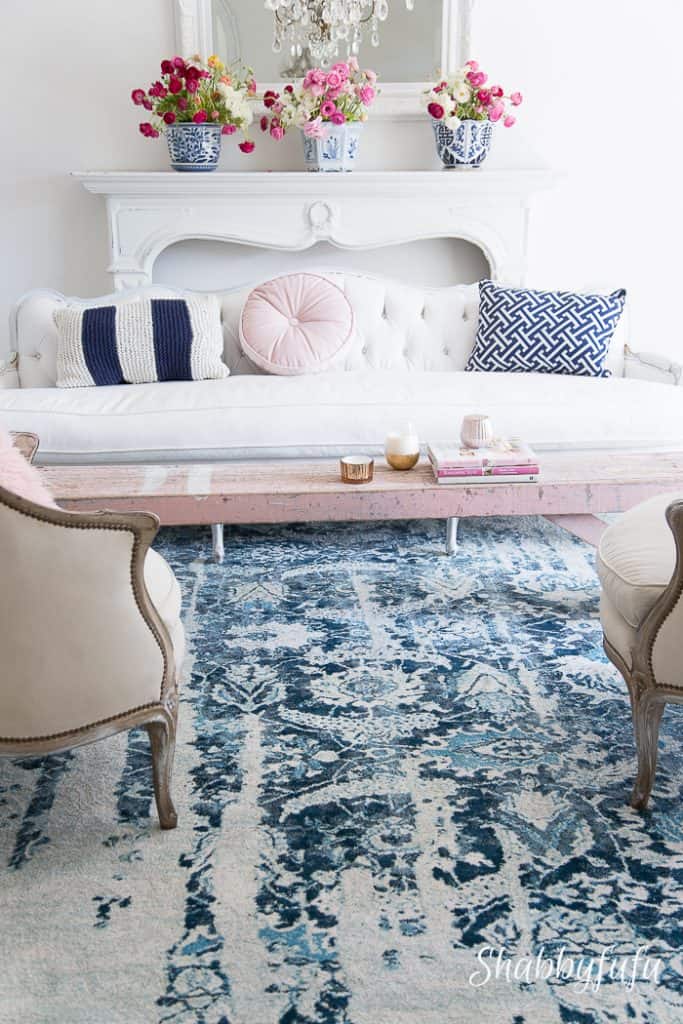


/Classic-living-room-with-fireplace-582e650d3df78c6f6a861d30.jpg)
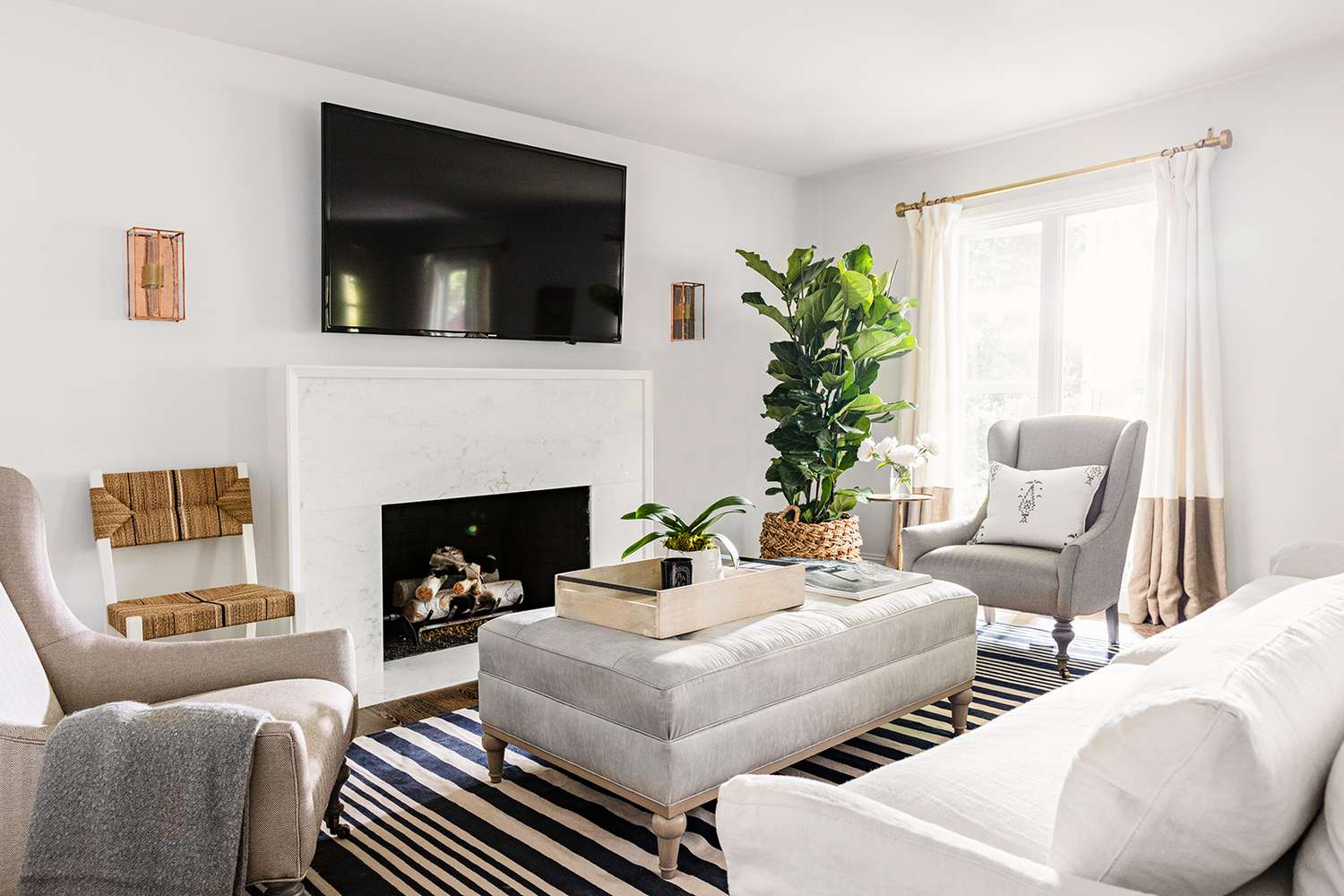




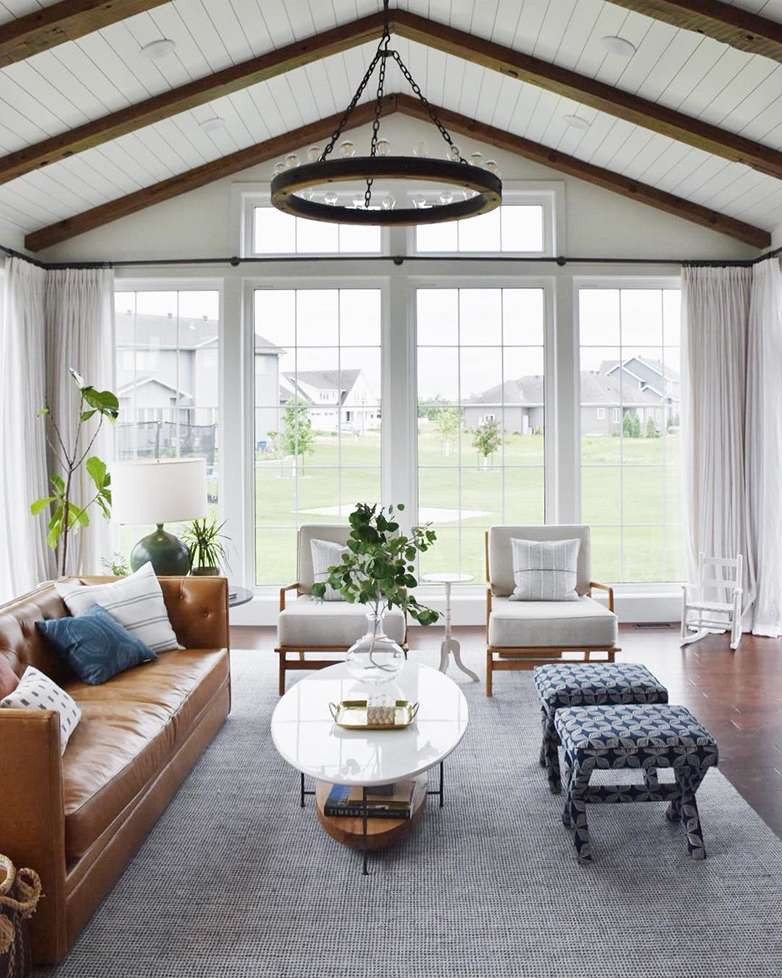

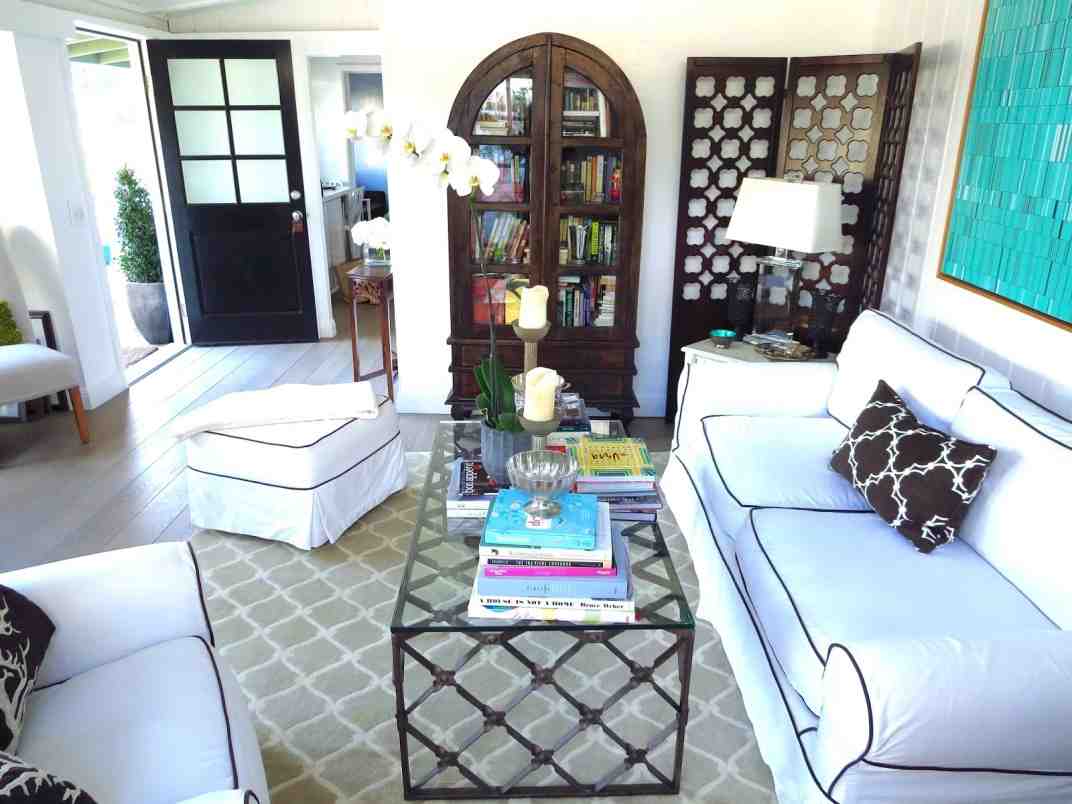


)
